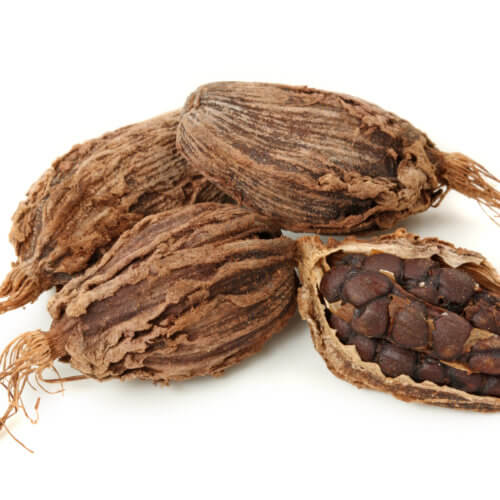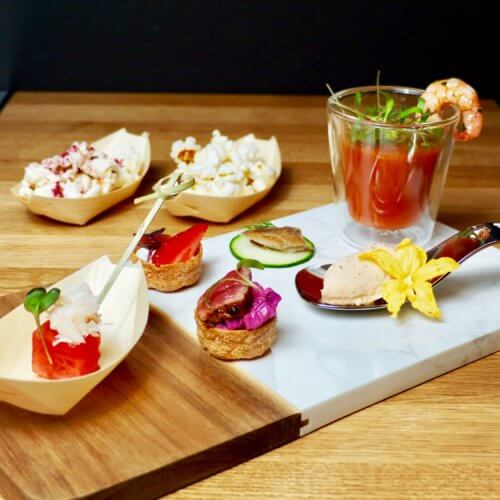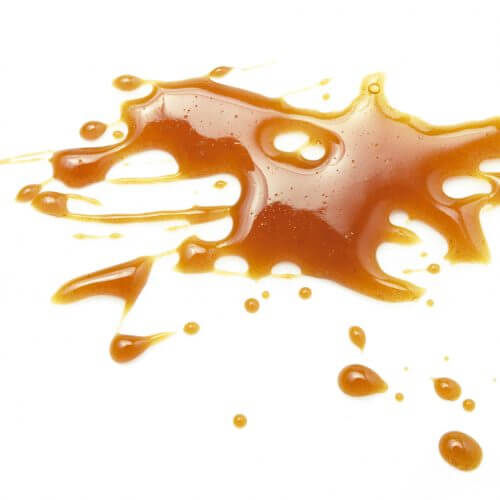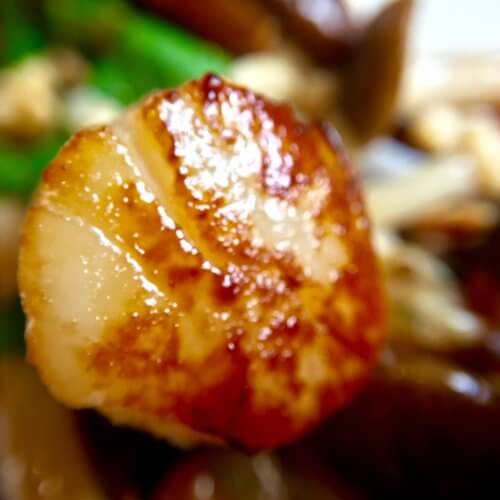First let us clarify that cacao and cocoa effectively mean the same thing – we use the word cacao to avoid confusing it with the so-called ‘cocoa’ powder used in baking etc. This stuff is NOT the same as cacao.
The cacao plant originated in Central and Southern America and was prized so highly by the Aztecs (not least for its health benefits) that it was even used as currency. The archaeological record shows evidence of cacao beans being fermented, roasted and turned into a chocolate drink as far back as 1900BC. However, this drink would have been very different from the hot chocolate we are used to now; no sugar or milk, but instead flavoured with spices and even wine (cacao is not sweet on its own – in fact the beans are quite similar to coffee beans in flavour). Even then it was regarded as an aphrodisiac, and some believed this wonderful plant was a gift from Quetzalcoatl, the God of wisdom, to give strength to those who drank its brew. It arrived in Europe in the 16th Century and was promptly diluted with sugar and milk to create the famous Western version of the drink.
As for how cacao is produced and prepared, not much has changed since the Aztecs. Cacao trees produce pods all year round, which need to be harvested as they ripen. The raw beans are removed from the pod to be fermented, then dried, cleaned and usually roasted. The bean is then shelled and crushed into cacao nibs, then ground into cacao mass – this is pure chocolate. This can then be processed to separate the cacao solids and cacao butter. The cacao/cocoa percentage given on a chocolate bar tells you how much of this true chocolate is actually in there – the rest will be milk, sugar, fats and other flavourings. White chocolate contains no cacao solids but is made from the cacao butter, again with added milk and sugar.
With the ongoing popularity of healthy alternative foods, raw cacao is now widely available and has some real health benefits. Once the beans are roasted they inevitably lose some of their nutritional content. For example, although chocolate is rich in antioxidants – which are believed to help our bodies combat DNA damage from free radicals – raw cacao contains even more; apparently the highest antioxidant concentration of any food! Cacao also contains iron (essential for replenishing the blood), magnesium (great for muscle health, energy and focus), chromium (helps balance blood sugar), Zinc, Manganese, Copper, Vitamin C and Omega-6 fatty acids, together with some 300 other chemical components. On top of all that, cacao has a delicious, complex flavour and is great at providing a feel-good sensation after eating it. No wonder chocolate has become the ultimate comfort food!
Cacao does contain Theobromine, a chemical relative of caffeine, which is why it is often not recommended for pregnant women. But theobromine doesn’t work on our bodies in the same way as caffeine, in that it does not appear to stimulate the nervous system. However, it is a stimulant nevertheless and so should be used carefully if you are sensitive to caffeine in its raw form. As for pregnancy, there is not yet sufficient research to draw any firm conclusions, so it is probably best avoided for now.



